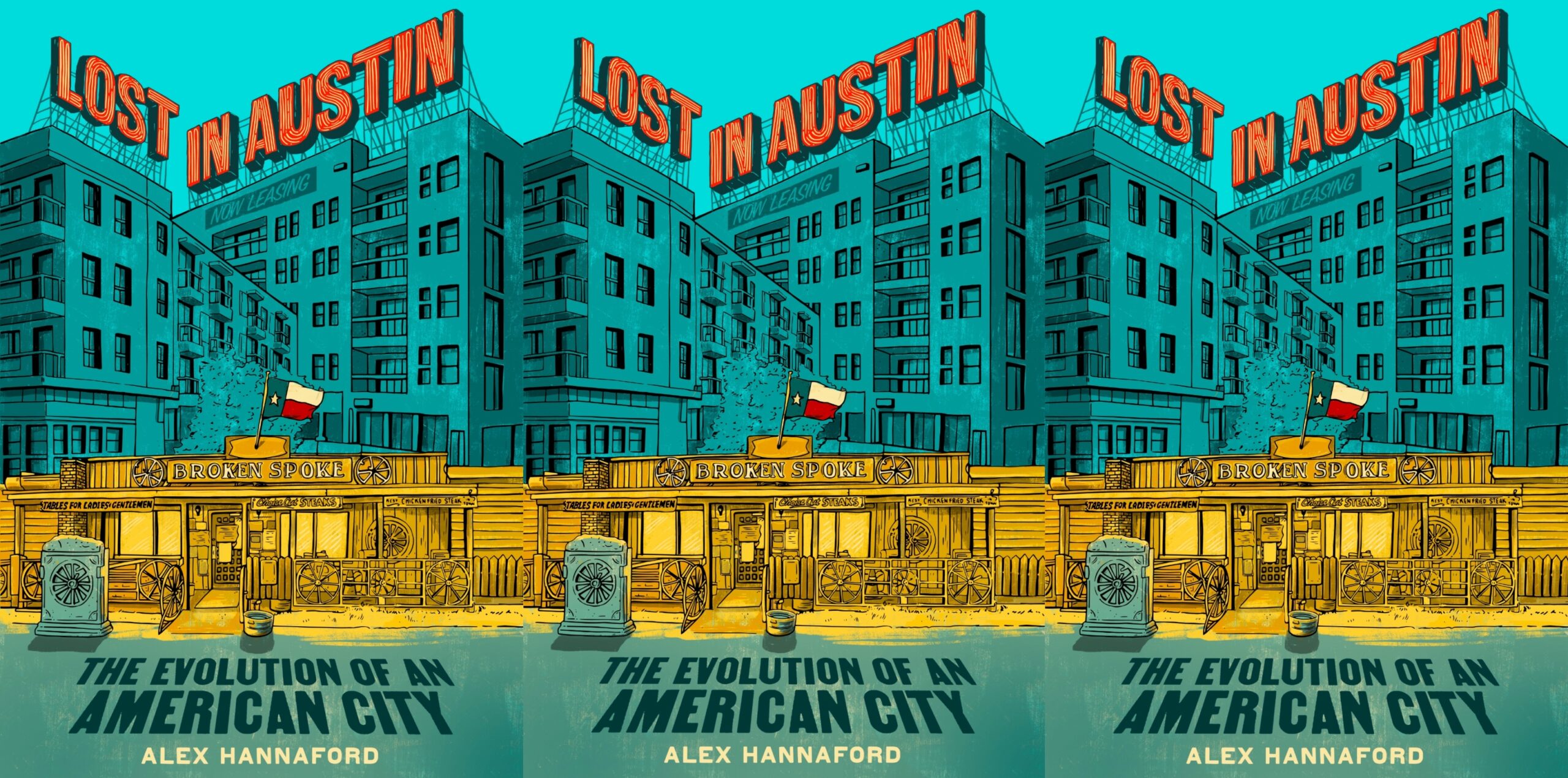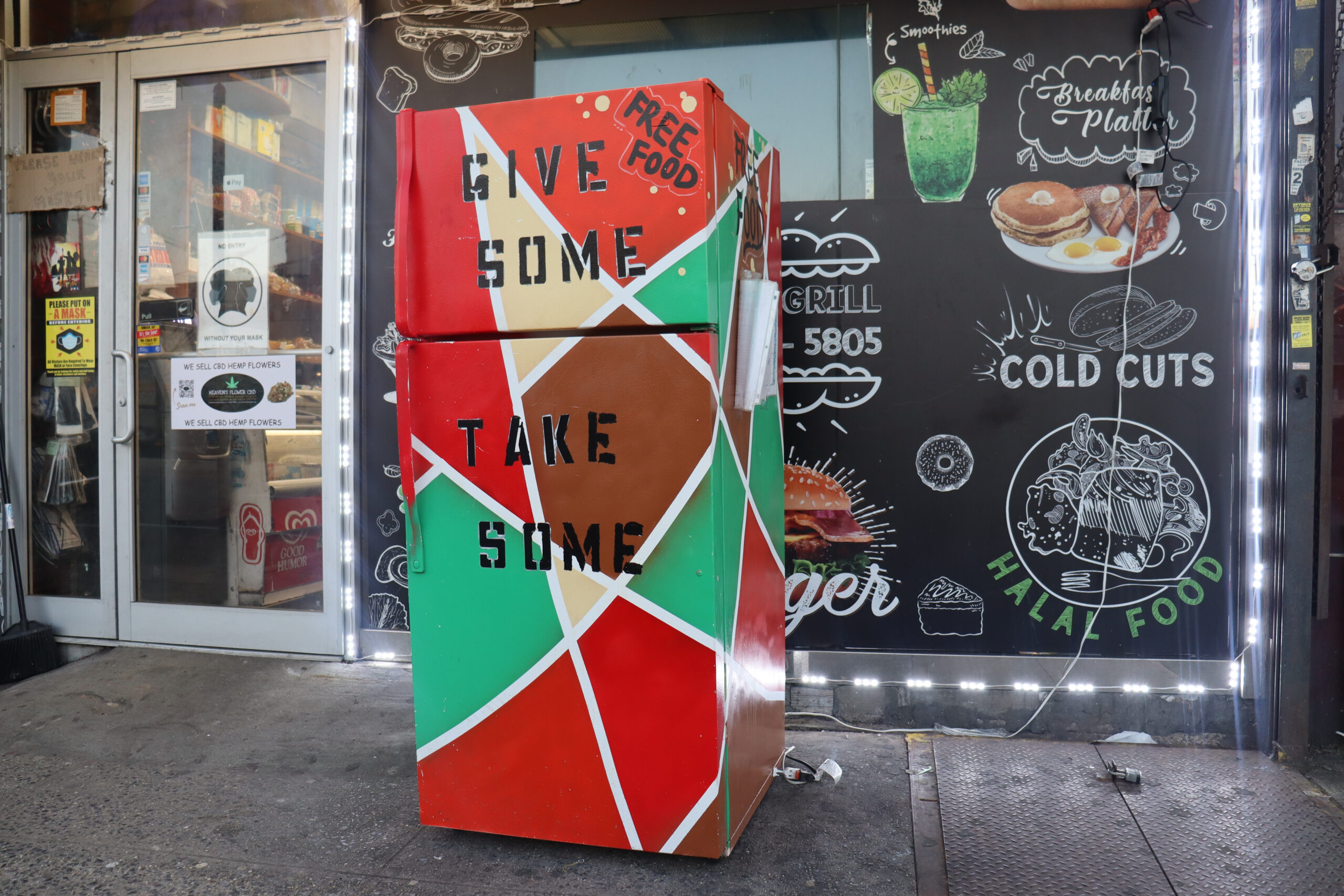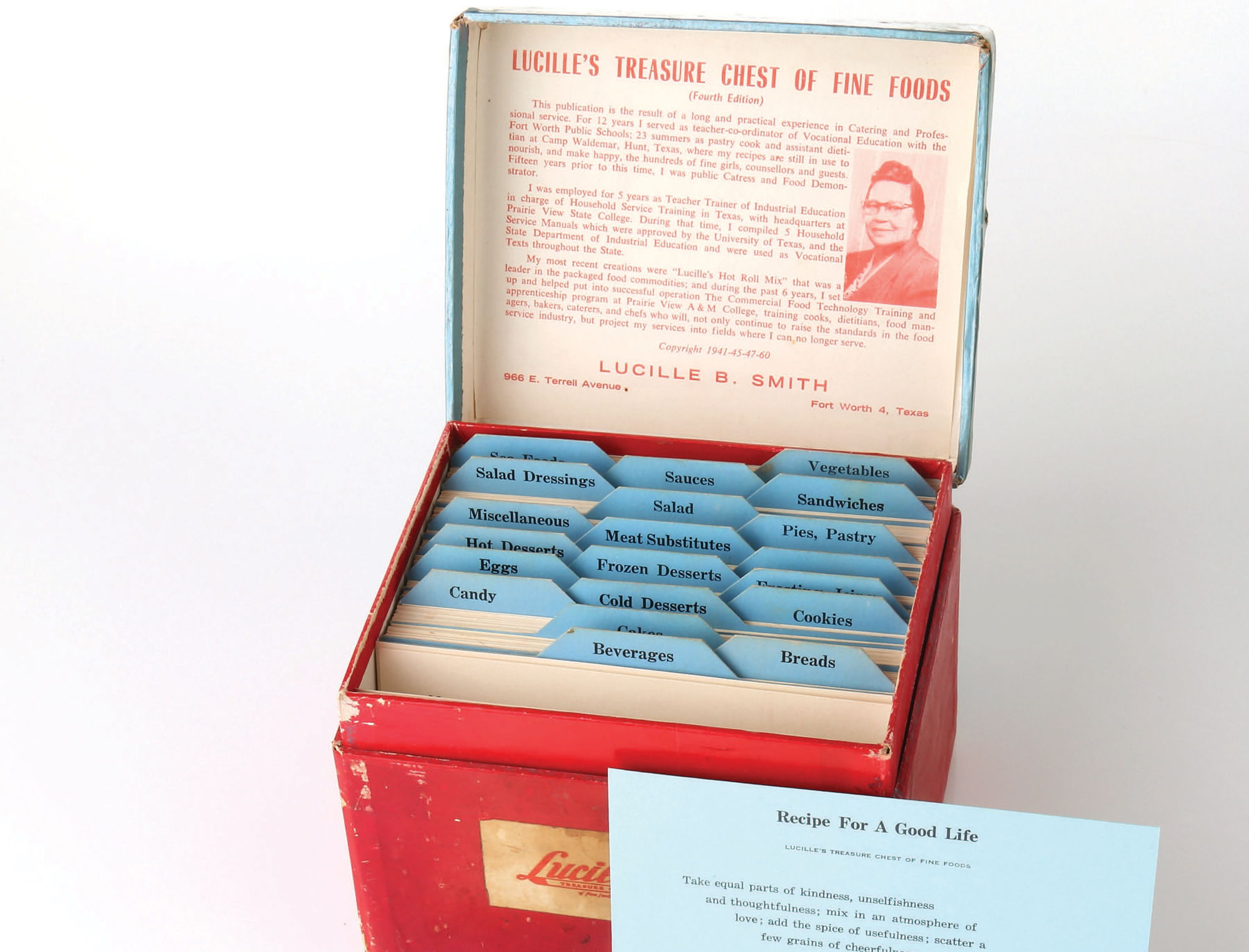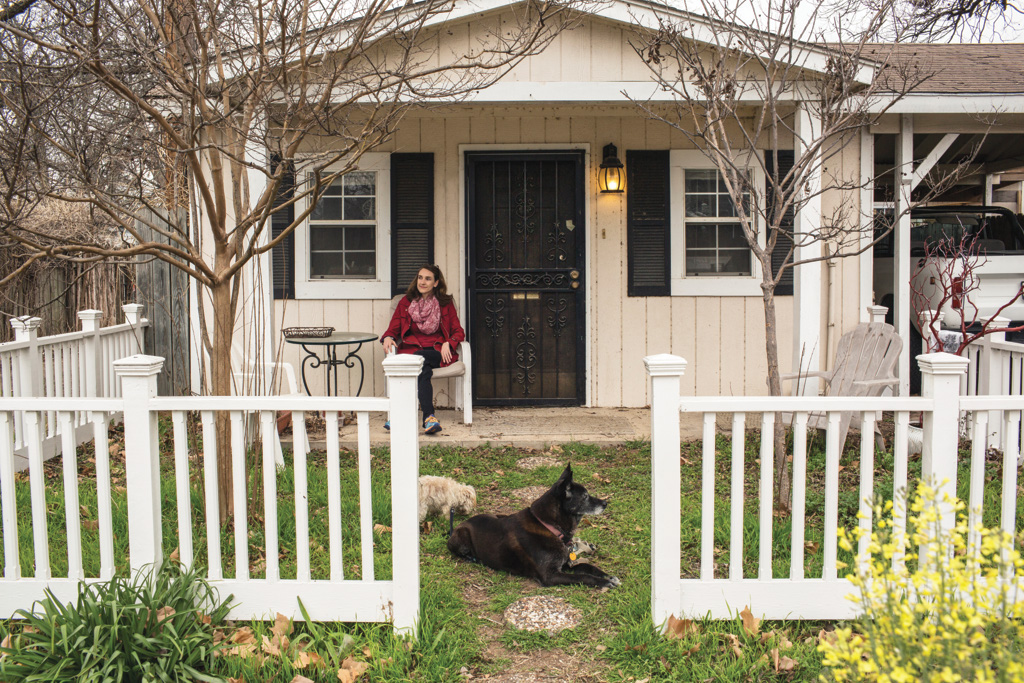
Direct Quote: Digging into Austin’s East Side
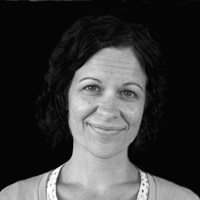
A version of this story ran in the March 2015 issue.
Elizabeth Walsh is a 37-year-old Ph.D. student of community and regional planning and environmental justice at the University of Texas. She’s also a community activist in her East Austin neighborhood. The most recent project to which she’s contributed time and talent will be a first for Austin: a free public food forest near where the Holly Street Power Plant once stood, slated for planting in fall 2015.
“I grew up in central Pennsylvania. My neighborhood was designed to have major parks flanking the block, and the houses were oriented so there was a big common space, and there was this neighborhood matriarch who was the wife of one of the developers of the neighborhood. She knew everyone, and she made these amazing block parties happen. She was like a surrogate grandparent for me, and she made really good ginger cookies. I remember I was in junior high when she passed away. She taught me what a neighborhood could be, even in that suburban-style environment.
“We’re supposedly this ‘creative city’ with these ‘creative people’ coming to showcase their ‘creative talent.’ Maybe we could put our creative energy into coming up with non-parasitic modes of development.”
“I moved into East Austin in 2006 to start grad school with an interest to understand those issues by living them and studying them, even if that meant that I was part of the same forces I was concerned about. I still moved here as a white woman, I am part of gentrification. I am part of a culture that is brought up to believe I can move anywhere and be welcome. … I’ve got a whole lot of privilege, but I grew up knowing that the whole cared about me. The whole looks out for me, I look out for the whole. That’s the way it works.
“In the spring of 2007 I got to be in an applied environmental justice class where we partnered with PODER [People Organized in Defense of Earth and Her Resources]. I’d already learned about the 1928 city plan and about the way that Austin had solved the ‘Negro problem’ by putting people of color and industrial land east of East Avenue. Those were deliberate design choices that planners had made to create those conditions, and there’s still industrial uses immediately next to residential. Austin is the most progressive city in Texas, and yet that’s still there.
“I talked to a neighbor who said Garden Street was named after his grandfather’s garden, and that either his mom or his grandmother, I don’t remember, was a healer and amazing cook and she used a lot of stuff from that garden, and that years ago they had this produce swap in the area. There used to be a fruit stand over by San Saba. This is part of the neighborhood’s history. We’re taught to show up as if it’s a blank canvas and it’s not. There are long traditions here.
“The whole Cesar Chavez development issue, there is so much going on … There’s some cruelty and it’s dehumanizing. We’re supposedly this ‘creative city’ with these ‘creative people’ coming to showcase their ‘creative talent.’ Maybe we could put our creative energy into coming up with non-parasitic modes of development.”
Interview has been edited and condensed.
*Editor’s note: In the March issue, we report that the food forest is slated to be planted spring of 2015. The committee has since rescheduled planting for the fall of 2015.
